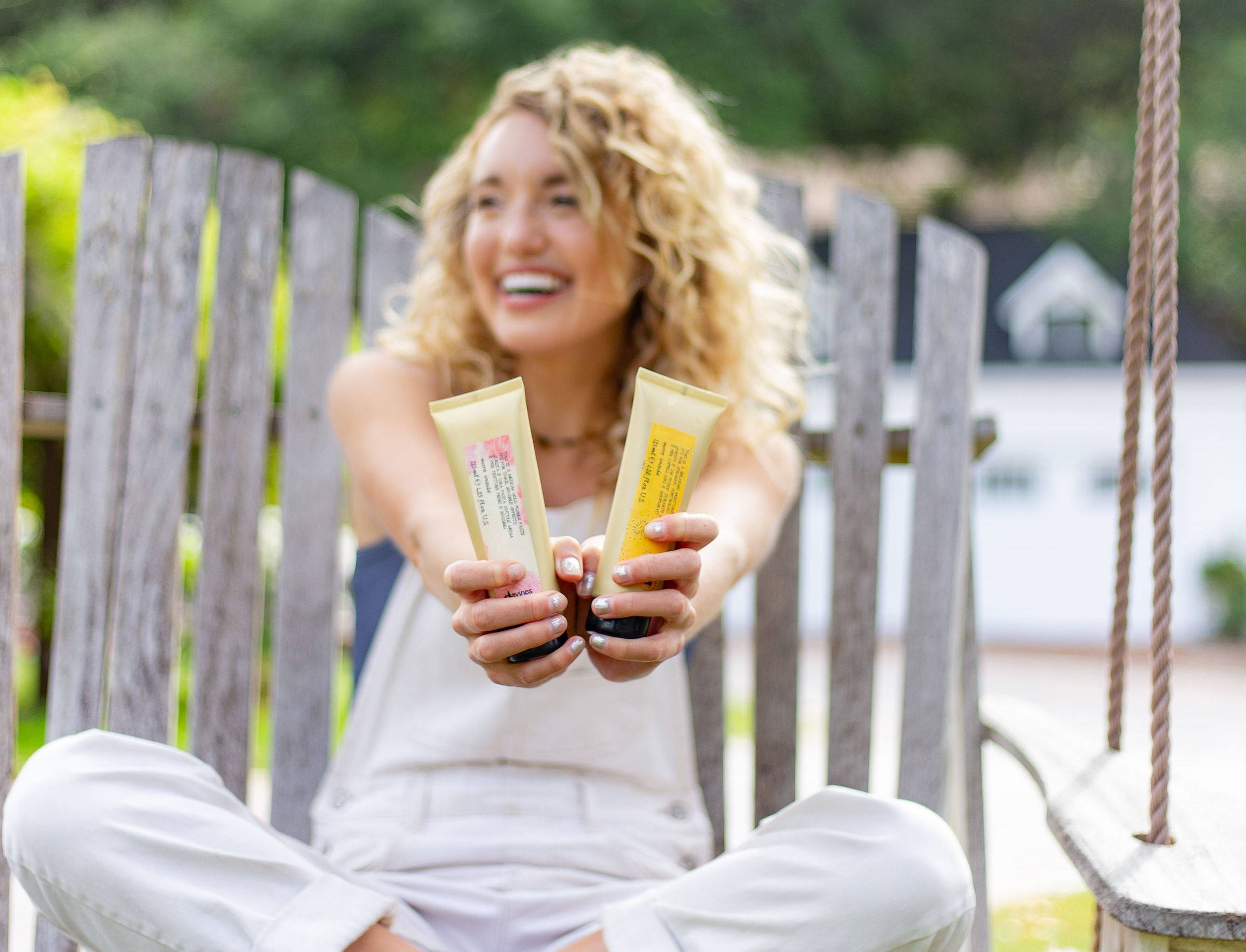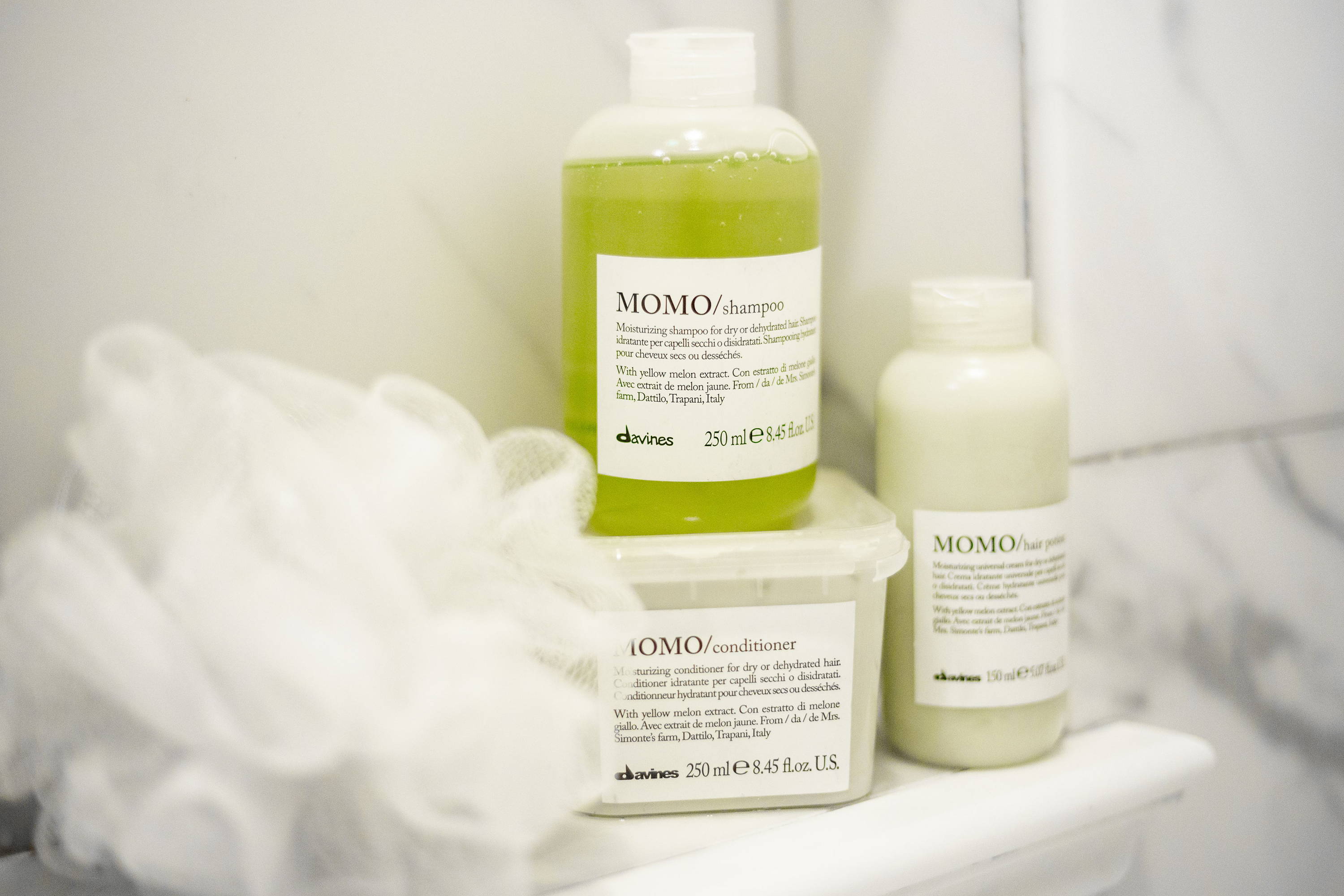We often talk about how personal beauty and haircare routines are: depending on your hair texture, length, styling frequency, and even genetics, there are different products and routines that you’ll want to adopt to get your best hair possible. But despite the need for customization, there are many practices and lifestyle changes you can adopt to help maintain your overall hair health, no matter what your hair is like.
The definition of “healthy” hair can vary from person to person, but in general, it means that your hair is shiny, holds moisture, doesn’t tangle easily, and grows and sheds old strands at a consistent rate. These are not just physical signs, but cues that your body itself is healthy — you’re able to see that you’re producing a normal amount of sebum that’s working its way down the hair shaft, and hydrating regularly to give your hair the moisture it needs. Disregarding your hair health can mean a world of difference in your overall appearance, and can also negatively affect your self-confidence. That’s why it’s so important to take the right steps to nurture your hair and maintain its health — so read on to check out our top tips for a sustainable healthy hair routine.














1 Comment
1 Response
Lynn McKay
July 09, 2021
Am looking for your strong molding clay…
Have been using it for a long time and it works so well
Leave a comment
Comments will be approved before showing up.